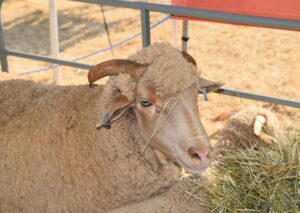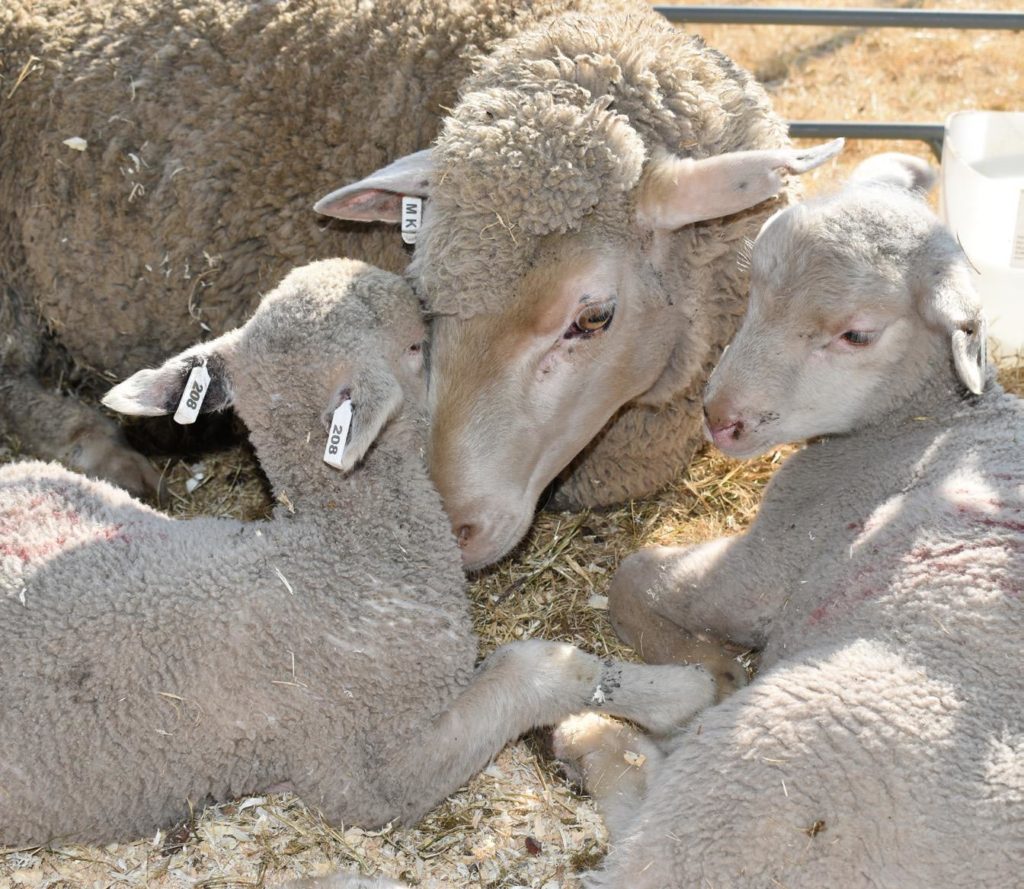More than 85% of all lamb deaths occur during the birth process due to complications – sometimes as a result of malnutrition – together with stillborn lambs.
Premature lambs may show signs of malnutrition and exposure and die easily. These losses can be avoided by making a few simple changes in the management and feeding of ewes from 6 weeks before the lambing season until 4 weeks after.

Managing the ewe’s during gestation and before lambing is crucial to see the desired results.
What adjustments should be made?
- Prepare the ewes for lambing.
- Ewes with single lambs should be separated from those with twins so that the correct feed can be monitored.
- Ewes with twins should receive additional protein. Supplements should be given at 250 – 400g/ewe/day from six weeks before lambing. From 4 weeks it can be boosted to 300 – 450g/ewe/day.
- The feed of ewes with single lambs can be supplemented with 250 – 350g/day of protein from 4 weeks before lambing.
- Make sure that ewes do not lose weight during the last 4 weeks of gestation.
- Better quality feed in the last 4 weeks will promote better birth rates, improve mothering qualities, higher milk quality and fewer health problems among the lambs.
- Dose and vaccinate ewes, as recommended by your vet, 6 weeks before lambing.
- Avoid flies and maggot problems with long hair ewes by crutching.
- Regularly check up on the ewes in the last 14 days of gestation.
- Lambs should get enough mother’s milk in the first 4 hours after birth.
- Lambs should have a birth weight of 3.5kg – 5.5kg. Lambs weighing less than 3.5kg, have a slimmer chance of survival.
- Avoid conditions that will cause ewes to lamb prematurely. Make sure that they don’t have to walk long distances to reach their grazing or fodder, supplements and water.
- Monitor the lambs’ weight at the age of 4 weeks to ensure that they get enough ewe’s milk of high quality.
- With proper care, genetics, and feed the lambs of lactating ewes should grow at 240g/day in their first 100 days after birth.
- Lamb cage systems have many advantages and will ensure the profitability of your sheep farm.








